Search
Did you mean: Rama?
Search Results
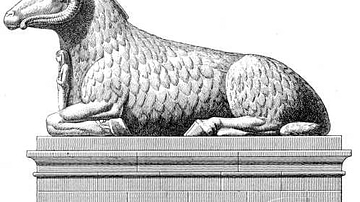
Image
Kriosphinx
Ram, or Kriosphinx, from Karnak.
From A History of Art in Ancient Egypt, Vol. I by Georges Perrot and Charles Chipiez (1883).
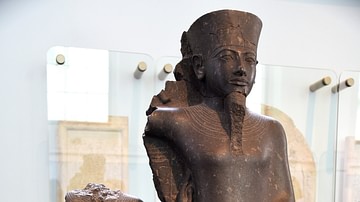
Image
King Horemheb with Amun-Ra
King Horemheb with Amun-Ra, probably from the temple of Amun-Ra at Thebes, Karnak, possibly usurped from Tutankhamun (c. 1336-1327 BCE), 18th Dynasty, c. 1323-1295 BCE. The inscriptions identify the headless king as Horemheb and the larger...

Definition
Assyrian Warfare
Assyria began as a small trading community centered at the ancient city of Ashur and grew to become the greatest empire in the ancient world prior to the conquests of Alexander the Great and, after him, the Roman Empire. While the Assyrians'...

Definition
Pythia
The Pythia (or Oracle of Delphi) was the priestess who held court at Pytho, the sanctuary of the Delphinians, a sanctuary dedicated to the Greek god Apollo. Pythia were highly regarded, for it was believed that she channeled prophecies from...
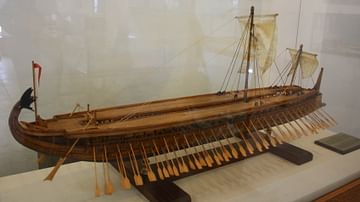
Definition
Trireme
The trireme (Greek: triērēs) was the devastating warship of the ancient Mediterranean with three banks of oars. Fast, manoeuvrable, and with a bronze-sheathed ram on the prow to sink an enemy ship, the trireme permitted Athens to build its...

Definition
Sennacherib
Sennacherib (r. 705-681 BCE) was the second king of the Sargonid Dynasty of Assyria (founded by his father Sargon II, r. 722-705 BCE). He is one of the most famous Assyrian kings owing to the part he plays in narratives in the biblical Old...

Definition
Roman Naval Warfare
Military supremacy of the seas could be a crucial factor in the success of any land campaign, and the Romans well knew that a powerful naval fleet could supply troops and equipment to where they were most needed in as short a time as possible...
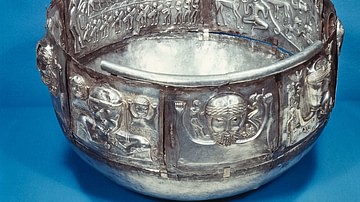
Definition
Gundestrup Cauldron
The Gundestrup Cauldron is a gilded silver bowl found in Gundestrup in Denmark in 1891 CE. It was likely made in the Balkans, perhaps in the 1st century BCE, and shows a clear influence from Celtic art and mythology, even if other motifs...
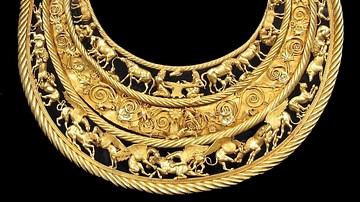
Definition
Scythian Art
Scythian art is best known for its 'animal art.' Flourishing between the 7th and 3rd centuries BCE on the steppe of Central Asia, with echoes of Celtic influence, the Scythians were known for their works in gold. Moreover, with the recent...
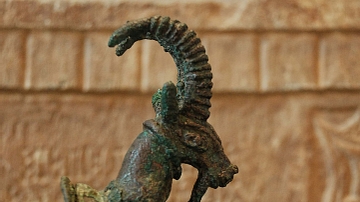
Image
Arabian Ibex Lamp Handle
Lamp handle made of bronze in the shape of an ibex. 1st century BCE to 1st century CE. Southern Arabia. Louvre Museum, Paris.